Passover, which celebrates the resurrection of Jesus Christ from the dead, is the most important celebrations of Christianity. It has called a mobile party because it does not fall on a fixed date each year, as do the majority of the parties. Christian churches in the West instead, celebrate Easter on the first Sunday after the full moon after the spring equinox on March 21. Therefore, Easter is observed anywhere between March 22 and April 25 each year. Orthodox Christians use the Julian calendar for calculating when Easter and they celebrate the Festival a week or two after the Western Churches, which follow the Gregorian calendar.
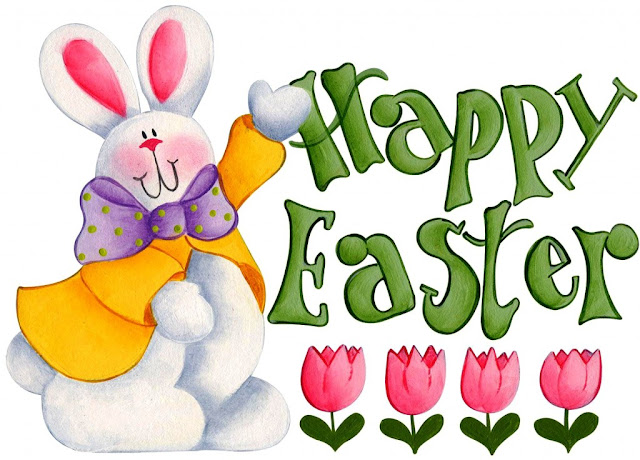
The exact origins of the name of this religious feast day are unknown. Some sources claim that the word Easter comes from Eostre, Teutonic goddess of spring and fertility. Another trace of Easter represents the term latino hebdomad alba, or cross-country skiing, an old reference to the Passover and used white clothing by those who were baptized during that time. Through a translation error, the term later appeared as esostarum in old high German, which later became Easter in English. In Spanish, Easter is called Easter; Paques in French. These words are derived from Greek and latin Pascha or Pasch, for Easter. The crucifixion and the resurrection of Jesus occurred then traveled to Jerusalem to celebrate the Passover (or Pesach), in Hebrew, the Jewish holiday that commemorates the exodus of the Israelites from slavery in Egypt. Pascha eventually came to mean the Easter.

Easter is really a complete season of the Christian liturgical year, as opposed to the observance of a day. Lent, the period of 40 days to Easter Sunday is a time for reflection and penance and represents the 40 days that Jesus spent in the desert just before beginning his Ministry, a time when Christians believe that survived several temptations by the devil. The day before Lent, known as Mardi Gras or Fat Tuesday, is a fireworks for food and entertainment before fasting. In the week before Easter is called Holy week and includes the Holy Thursday, which commemorates the last supper of Jesus with his disciples; Friday, in honor of the day of his crucifixion; and the Sabbath Holy, which focuses on the transition between the crucifixion and the resurrection. The following Easter Sunday period 50 days are called Easter season and includes a celebration of the ascension of Jesus into heaven.

In addition to the religious significance of Easter, it also has a commercial side, as evidenced by the burial mounds of jellies and chicks of Marshmallow appearing in stores every spring. As with Christmas, for centuries various folklore and Pagan traditions, as Easter eggs, bunnies, baskets and sweets, have become a standard part of this sacred journey.
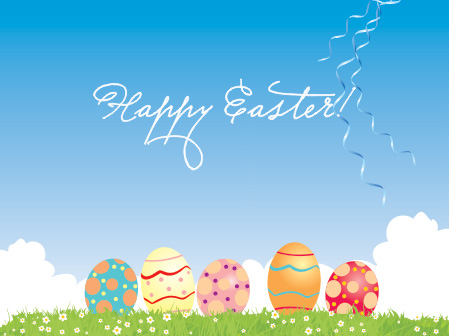
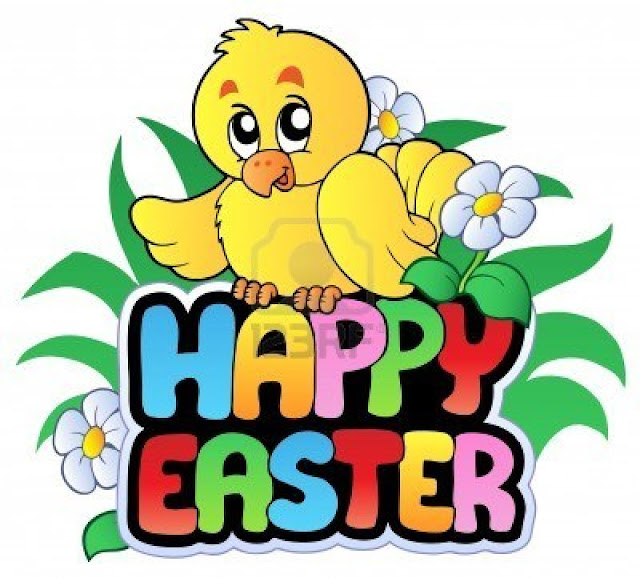



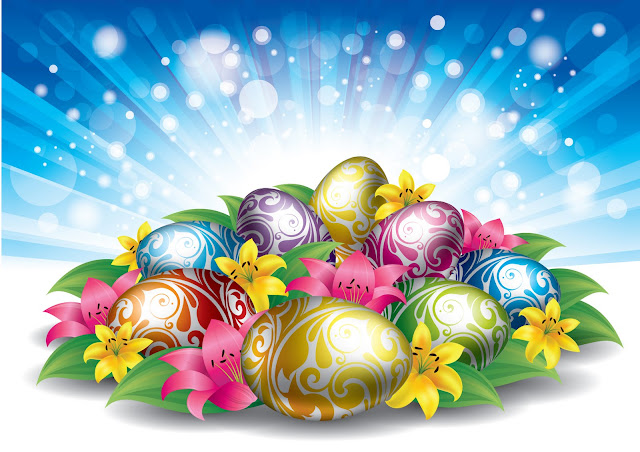


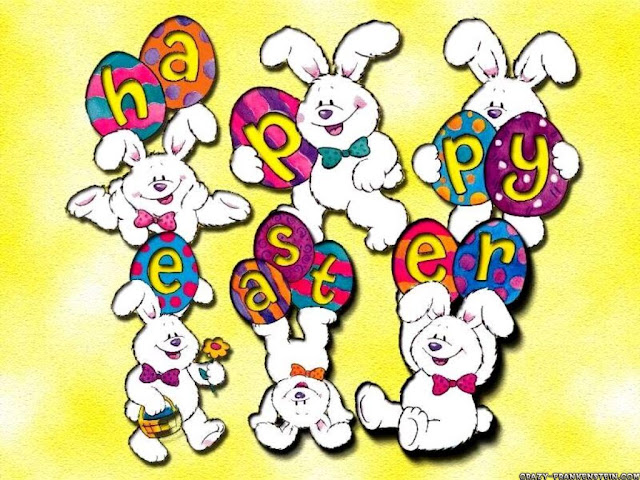
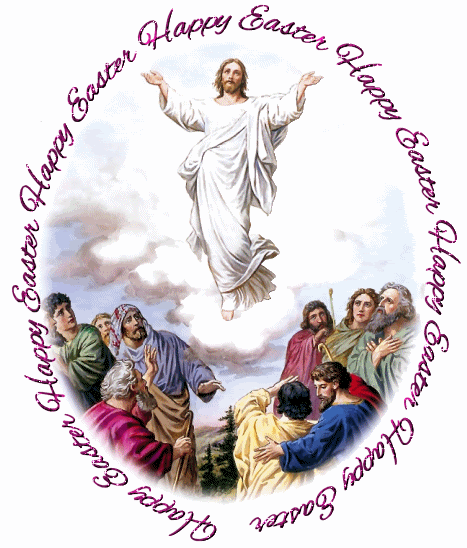

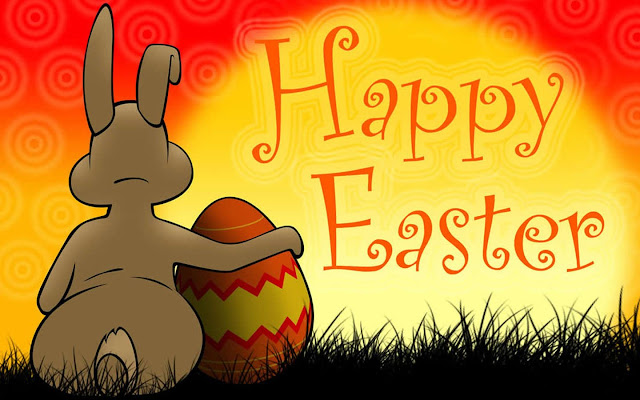


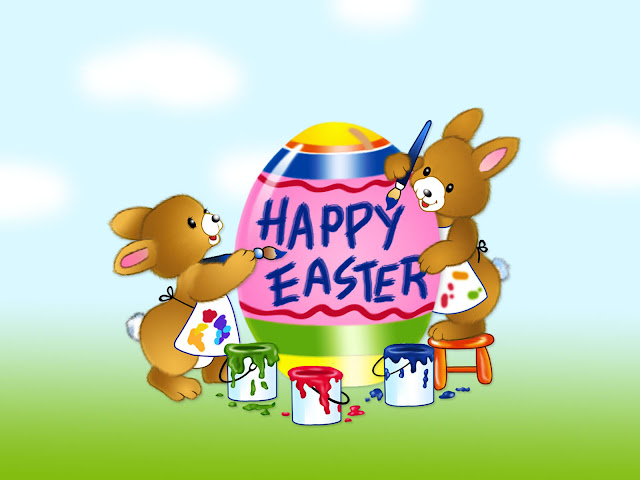





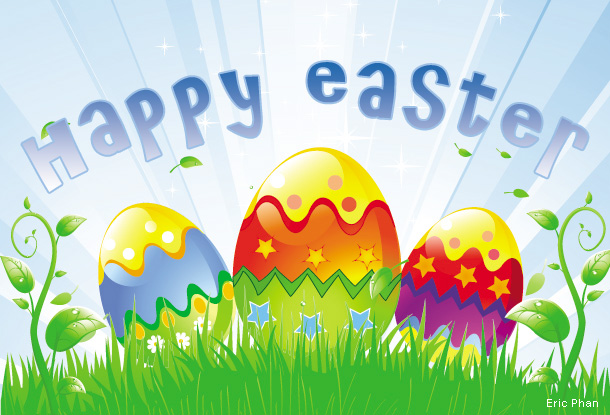
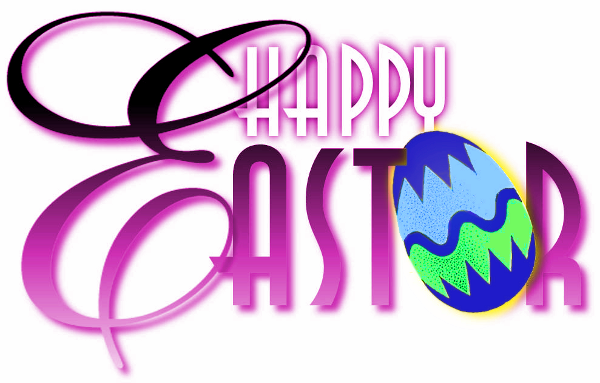



No comments:
Post a Comment